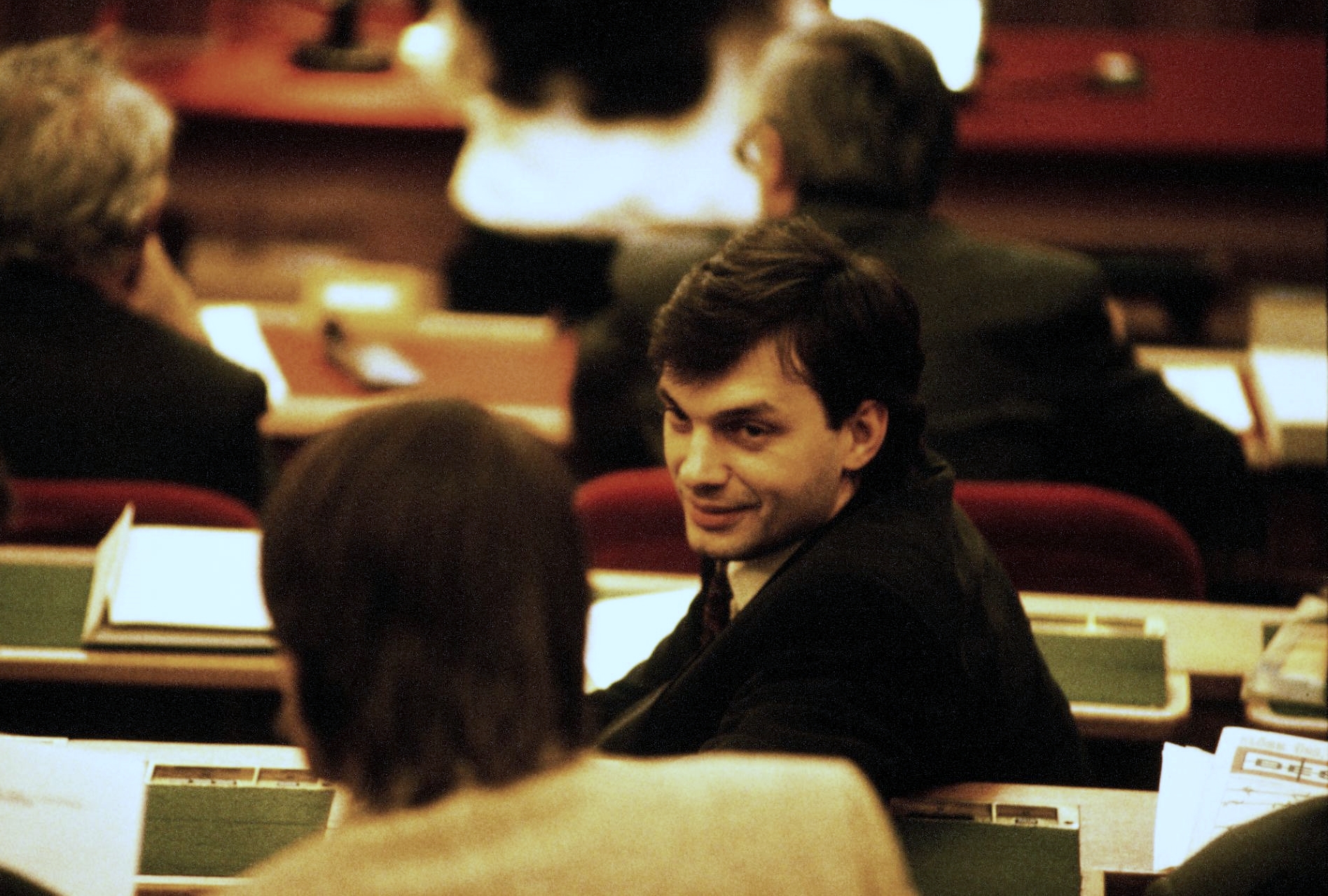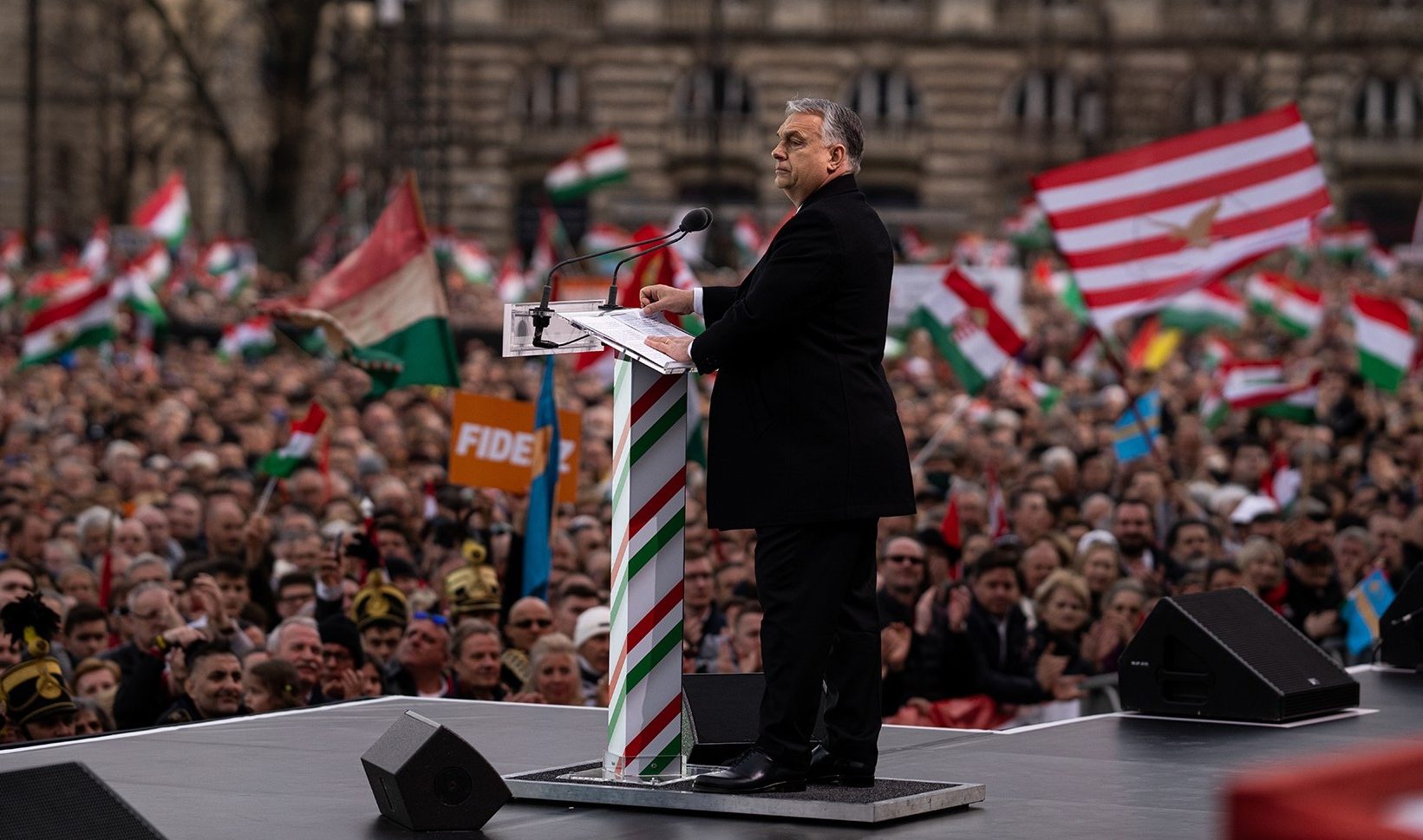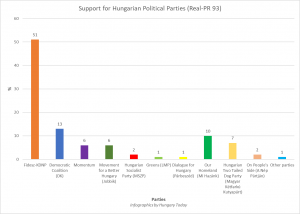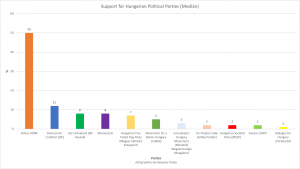
The prime minister has spent 17 years in government and 16 in opposition.Continue reading

One in two of so called ‘certain voters’ is a party voter, and 51 percent would vote for Fidesz-KDNP if parliamentary elections were held this Sunday, according to a poll conducted by Real-PR 93 in mid-December, Magyar Nemzet reports. At the same time, opposition parties are significantly lagging behind, with only 13 percent supporting the Democratic Coalition, the strongest opposition party, led by former Socialist Prime Minister Ferenc Gyurcsány and his wife Klára Dobrev.
The second strongest opposition party is the nationalist Our Homeland (Mi Hazánk), and the third is the anti-politics Hungarian Two Tailed Dog Party (Magyar Kétfarkú Kutyapárt), which started as a farcical party. Momentum, which currently has two MEPs in Brussels, is only supported by six percent in the country, according to the Real-PR 93 poll, as is Jobbik, whose former leader Péter Jakab has left the party and is now leading a movement called On the People’s Side (A Nép Pártján) with only two percent of the vote.
In the case of Jobbik, the political decline is particularly striking, because a few years ago the nationalist party was still around 20 percent under the leadership of Gábor Vona, and they appealed to many people. However, during the last election, Jobbik joined the opposition coalition behind left-wing parties, which its voters apparently could no longer support. Jobbik, along with Momentum, both with six percent support, are no longer fighting for the leadership of the opposition at all, but to maintain support above the threshold for entry, as shown by the analysis of the poll.
According to Real-PR 93,
there is a strong sense of disillusionment among voters critical of the government with the left-wing parties.
The domestic results of the parties that were joining forces for the April elections are now seven percentage points below their April results. Meanwhile, two parties, Our Homeland and the Hungarian Two Tailed Dog Party, are both showing sings of getting stronger, with a four percentage point gain for them both.

The analyst firm sees the current difficulties, such as the Russia-Ukraine war and the negative effects of the sanctions policy in Brussels, including high inflation, as well as other internal and external factors, as not having eroded the ruling parties’ decisive lead.
Meanwhile, the opposition parties have not been able to change their lack of support among citizens.
Another survey, conducted by government-critical Medián, paints a somewhat different picture of the Hungarian political scene regarding the governing parties. According to research they conducted for Hungarian left-wing news site HVG, Fidesz-KDNP voters are crumbling rapidly, with the government parties having lost 16 percentage points among the total voting-age population in the last three quarters of 2022.
At the same time, the survey also shows that the decline in support is not the result of a swing away from the governing parties, but rather of a lack of confidence.
In December, the proportion of voters who did not vote for any party increased by the same amount as Fidesz-KDNP fell, meaning that voters did not switch to the opposition. Medián shares the view of Real-PR that the opposition parties are still unable to channel voters disillusioned with Fidesz. Meanwhile, among certain voters, who can choose between a party, the governing parties are still in the lead.

Medián’s figures are otherwise the same as Real-PR’s, with Fidesz-KDNP currently at 50 percent, followed by the Democratic Coalition with 12 percent, then Mi Hazánk and Momentum with eight percent.
Featured photo via Facebook/Viktor Orbán, Infographics by Hungary Today